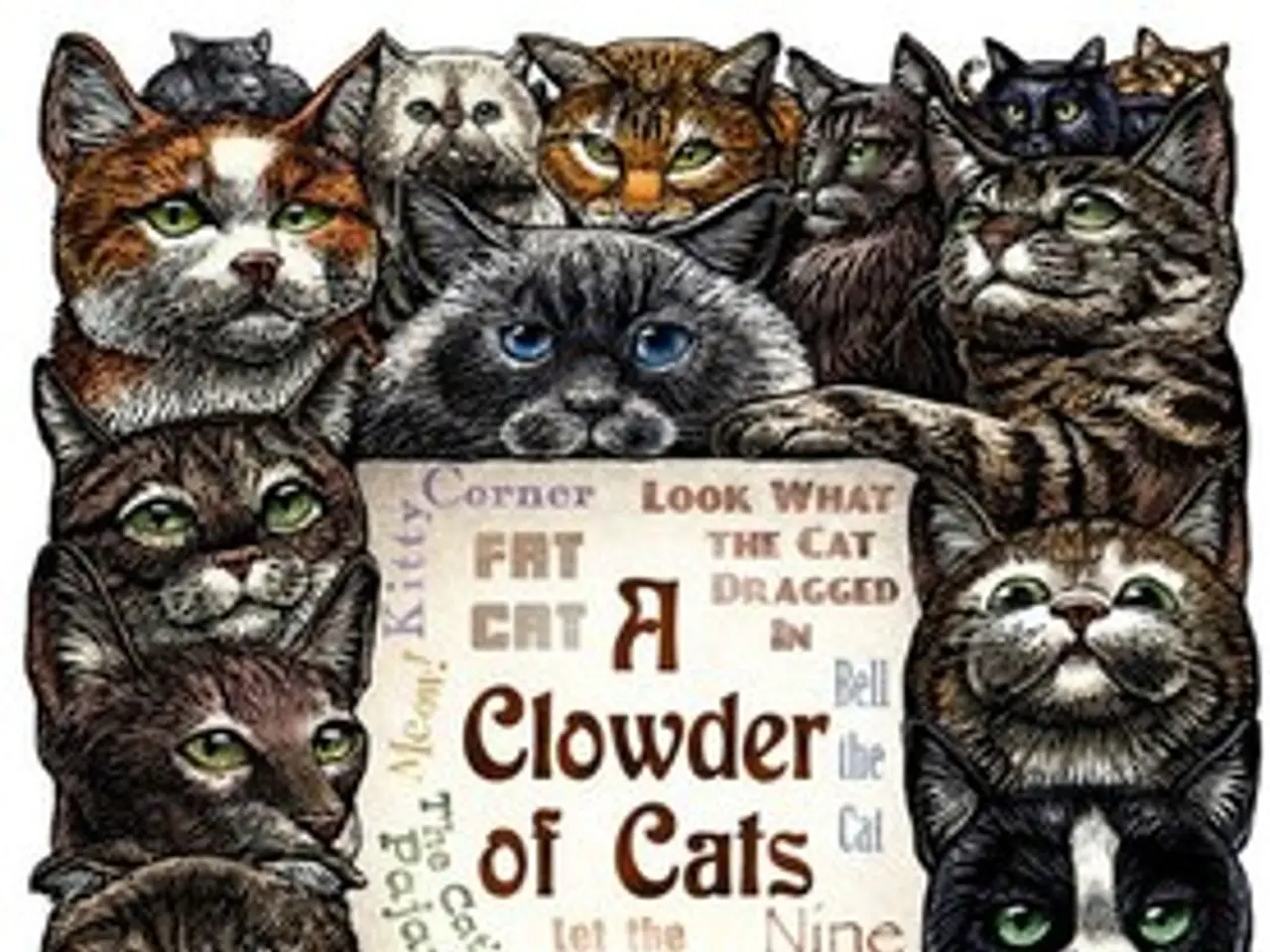Colossal Biosciences Creates De-Extinct Dire Wolf, Raising Ecosystem and Welfare Concerns
Colossal Biosciences, a biotech company, has announced the creation of a 'de-extinct' dire wolf. This follows their previous success in reviving a woolly mouse. However, the project raises concerns about the animals' potential impact on species and their own well-being.
Colossal Biosciences, co-founded by renowned scientist George Church, claims to have produced the first de-extinct dire wolf. This is a significant step in the field of de-extinction, following their earlier achievement in reviving a woolly mouse. However, the project has sparked debates about the feasibility and ethics of resurrecting extinct species.
Dire wolves, known for their hypercarnivorous nature, could potentially prey on a wide range of animals, including livestock and pets. This raises concerns about their reintroduction into modern ecosystems. Experiences with red wolves, their relatives, reintroduced into Great Smoky Mountain National Park, have shown that they can suffer from diseases, competition, and may wander outside protected areas for food. Human interference and poaching have also hindered previous reintroduction efforts.
Moreover, the ecological niches of many extinct creatures, like the woolly mammoth, may no longer exist. This raises questions about the potential habitats and survival of de-extincted species. Historical human efforts to introduce species into existing ecosystems, such as the introduction of cane toads in Australia and Burmese pythons in Florida, have often led to ecological disasters.
Furthermore, de-extincted animals may face numerous stresses and suffer in zoos or confined areas. The reproductive technologies used in de-extinction, such as somatic cell nuclear transfer (SCNT) or cloning, can also cause cancers or other medical problems in the resulting organism.
Colossal Biosciences' achievement in creating a de-extinct dire wolf is a remarkable feat of science. However, the potential risks to both the animals themselves and the ecosystems they could be reintroduced into must be carefully considered. Further research and ethical discussions are needed before any de-extincted species are reintroduced into the wild.
Read also:
- EU Faces Demand from Protesters to Halts Incineration of American-Owned Birth Control Products
- MERS (Middle East Respiratory Syndrome): A Comprehensive Overview and Treatment Guide
- Strategies to Maintain Optimal Eye Health Throughout Aging Process
- Hearings on the HHS Budget Detail a Fresh Approach for Public Healthcare Policies






